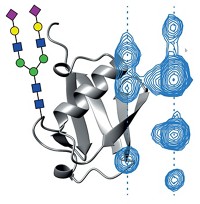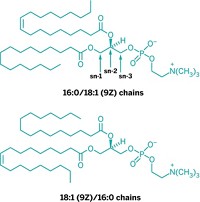Advertisement
Grab your lab coat. Let's get started
Welcome!
Welcome!
Create an account below to get 6 C&EN articles per month, receive newsletters and more - all free.
It seems this is your first time logging in online. Please enter the following information to continue.
As an ACS member you automatically get access to this site. All we need is few more details to create your reading experience.
Not you? Sign in with a different account.
Not you? Sign in with a different account.
ERROR 1
ERROR 1
ERROR 2
ERROR 2
ERROR 2
ERROR 2
ERROR 2
Password and Confirm password must match.
If you have an ACS member number, please enter it here so we can link this account to your membership. (optional)
ERROR 2
ACS values your privacy. By submitting your information, you are gaining access to C&EN and subscribing to our weekly newsletter. We use the information you provide to make your reading experience better, and we will never sell your data to third party members.
Analytical Chemistry
Hybrid method sequences carbohydrates
Combination of mass spec and IR spectroscopy identifies stereochemistry of bond between sugars
by Celia Henry Arnaud
October 30, 2017
| A version of this story appeared in
Volume 95, Issue 43

Methods for routine sequencing of carbohydrates lag behind those for sequencing nucleic acids and proteins. The lack of such methods makes fully characterizing carbohydrates difficult. Sequencing a carbohydrate is a challenge because many of the sugar building blocks are isomers of one another, making it hard to distinguish between them, and the stereochemistry of glycosidic bonds connecting the sugars must be characterized to fully analyze the carbohydrate’s structure. Reseachers
led by Isabelle Compagnon of the University of Lyon report a hybrid method that allows them to sequence carbohydrates by combining infrared laser spectroscopy with mass spectrometry (Nat. Commun. 2017, DOI: 10.1038/s41467-017-01179-y). They break carbohydrates into monosaccharide fragments in the mass spectrometer with gas collisions. Those fragments are then further dissociated with IR photons from a tunable light source to record the IR spectra of the fragments. The researchers first used the method to analyze disaccharides. They showed that the IR fingerprints of a particular type of monosaccharide fragment—the so-called C fragment—can be used to identify the monosaccharide content and can contain stereochemical information about the glycosidic bond between the sugars. The team then applied the sequencing approach to longer oligosaccharides. “The key insight that this study provides is that the chirality of the glycosidic bond oxygen is not altered even when the glycosidic bond is cleaved,” says Nicolas C. Polfer of the University of Florida, who also combines mass spectrometry with IR spectroscopy. “This observation has important ramifications for carbohydrate sequencing, as the glycosidic bond is generally the most labile bond in larger saccharides.” Nicola Pohl, a chemistry professor at Indiana University, Bloomington, who also develops analytical methods for carbohydrates, wonders how well the method will translate to a wide range of monosaccharides. “Will this IR technique produce enough distinct signatures to be diagnostic for all possible sugars?” she asks.




Join the conversation
Contact the reporter
Submit a Letter to the Editor for publication
Engage with us on Twitter